
Kalmar: A Historic Gem on Sweden's Southeast Coast
Discover Kalmar, a captivating blend of medieval history, scenic coastal beauty, and vibrant culture on Sweden's southeast coast.
Kalmar, nestled on Sweden's southeastern coast, is a city that beautifully blends rich history with modern charm. Known for its impressive Kalmar Castle, this city offers a glimpse into Sweden's royal past. The castle, dating back to the 12th century, stands as a well-preserved relic of medieval architecture and is a must-visit for history enthusiasts. As you walk through its grand halls and picturesque grounds, you'll be transported back to a time of knights and kings. Kalmar's old town is a delightful maze of cobblestone streets, lined with colorful wooden houses and charming cafes. It is the perfect place to take a leisurely stroll, shop for unique souvenirs, or enjoy a coffee while people-watching. The city's well-preserved architecture and quaint atmosphere make it a favorite among photographers and history buffs alike. For those who enjoy the great outdoors, Kalmar offers stunning coastal views and beautiful parks. The city is surrounded by water, making it an ideal spot for boating, fishing, and swimming. The nearby island of Öland, connected to Kalmar by a bridge, is a UNESCO World Heritage site and offers even more opportunities for exploration. With its unique limestone formations, sandy beaches, and lush landscapes, Öland is a paradise for nature lovers. Kalmar is also a vibrant cultural hub, hosting numerous festivals and events throughout the year. The Kalmar Art Museum showcases contemporary Swedish art, while the Kalmar County Museum dives deep into the region's history. Whether you are a history aficionado, an art lover, or simply looking for a relaxing getaway, Kalmar has something to offer everyone.
Local tips in Kalmar
- Visit Kalmar Castle early in the morning to avoid the crowds and get the best light for photos.
- Take a day trip to Öland to explore its unique natural landscapes and historic sites.
- Enjoy a coffee or meal at one of the cafes in the old town for an authentic local experience.
- Check the local events calendar as Kalmar hosts various festivals and cultural events throughout the year.
- Rent a bike to explore the city and its beautiful coastal paths at your own pace.
Kalmar: A Historic Gem on Sweden's Southeast Coast
Kalmar, nestled on Sweden's southeastern coast, is a city that beautifully blends rich history with modern charm. Known for its impressive Kalmar Castle, this city offers a glimpse into Sweden's royal past. The castle, dating back to the 12th century, stands as a well-preserved relic of medieval architecture and is a must-visit for history enthusiasts. As you walk through its grand halls and picturesque grounds, you'll be transported back to a time of knights and kings. Kalmar's old town is a delightful maze of cobblestone streets, lined with colorful wooden houses and charming cafes. It is the perfect place to take a leisurely stroll, shop for unique souvenirs, or enjoy a coffee while people-watching. The city's well-preserved architecture and quaint atmosphere make it a favorite among photographers and history buffs alike. For those who enjoy the great outdoors, Kalmar offers stunning coastal views and beautiful parks. The city is surrounded by water, making it an ideal spot for boating, fishing, and swimming. The nearby island of Öland, connected to Kalmar by a bridge, is a UNESCO World Heritage site and offers even more opportunities for exploration. With its unique limestone formations, sandy beaches, and lush landscapes, Öland is a paradise for nature lovers. Kalmar is also a vibrant cultural hub, hosting numerous festivals and events throughout the year. The Kalmar Art Museum showcases contemporary Swedish art, while the Kalmar County Museum dives deep into the region's history. Whether you are a history aficionado, an art lover, or simply looking for a relaxing getaway, Kalmar has something to offer everyone.
When is the best time to go to Kalmar?
Iconic landmarks you can’t miss
Kalmar Castle
Explore Kalmar Castle, a historical fortress in Sweden, where rich heritage meets stunning architecture in a picturesque setting.
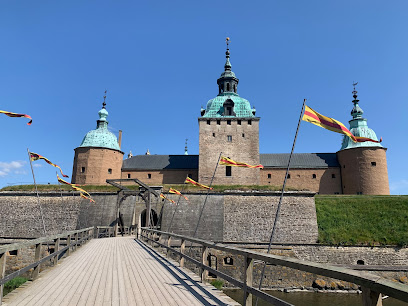
Skälby 4H-gård
Experience the joy of farm life at Skälby 4H-gård, where families connect with animals and nature in a delightful setting in Kalmar.

Kalmar County Museum
Explore the captivating history of Kalmar at Kalmar County Museum, where engaging exhibits and local heritage come to life.
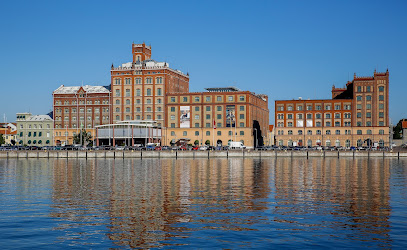
A World of Dinosaurs
Explore the prehistoric world at A World of Dinosaurs in Kalmar, where life-sized models and interactive exhibits bring ancient creatures to life.
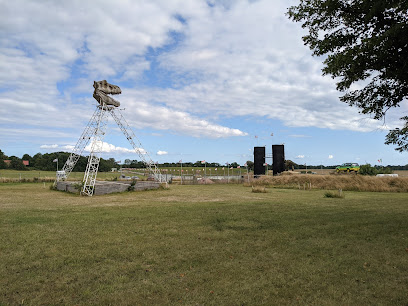
Kalmar Cathedral
Discover the architectural beauty and historical significance of Kalmar Cathedral, a key attraction in Sweden's picturesque Kalmar city.
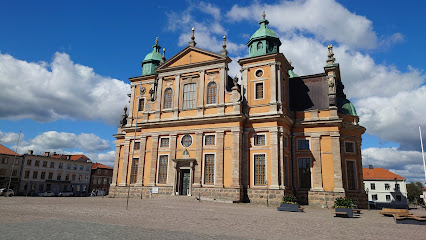
Kalmar stadspark
Experience the natural beauty and tranquility of Kalmar Stadspark, an urban oasis perfect for relaxation and recreation in Kalmar, Sweden.
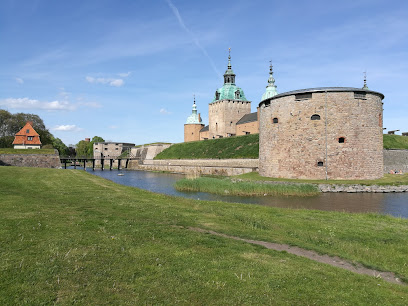
Långviken
Discover the tranquil beauty of Långviken Park in Kalmar, where nature and relaxation come together for an unforgettable experience.
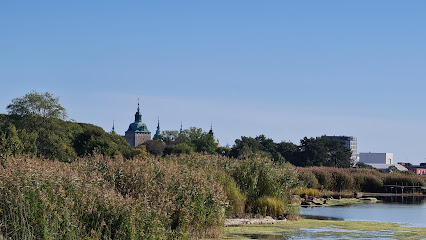
Kattrumpan
Enjoy a refreshing day at Kattrumpan, Kalmar's premier swimming facility, perfect for families and travelers seeking fun and relaxation.
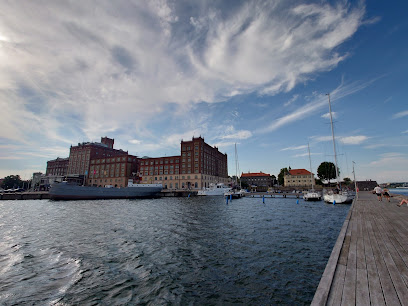
Kalmar konstmuseum
Explore contemporary art at Kalmar Konstmuseum, a vibrant cultural attraction nestled in the scenic Stadsparken, Kalmar, Sweden.
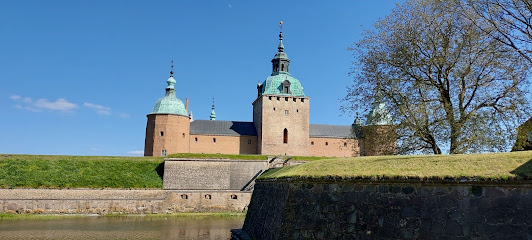
Vasastenen
Explore Vasastenen in Kalmar, Sweden, a historic monument celebrating Swedish independence and offering stunning views and rich cultural heritage.
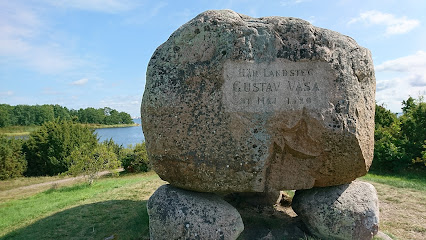
Gamla Torget
Experience the rich history and vibrant culture of Gamla Torget, the heart of Kalmar, Sweden, where charming shops and cafes await your discovery.
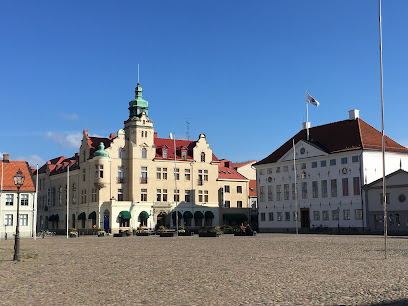
Klapphuset
Discover Klapphuset in Kalmar, a historical landmark that beautifully blends maritime heritage with stunning waterside views for an unforgettable experience.
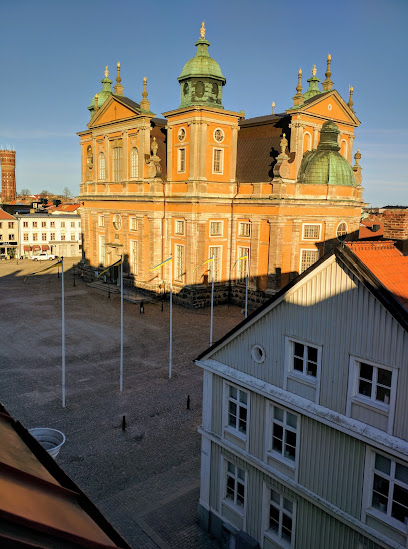
Holy Cross Church
Explore the serene beauty and rich history of Holy Cross Church in Kalmar, Sweden, a captivating destination for spiritual seekers and history enthusiasts alike.
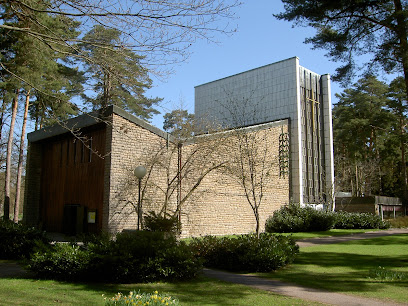
Old Water Tower
Explore the Old Water Tower in Kalmar, a historical landmark showcasing stunning views and rich architectural heritage in Sweden's picturesque coastal city.
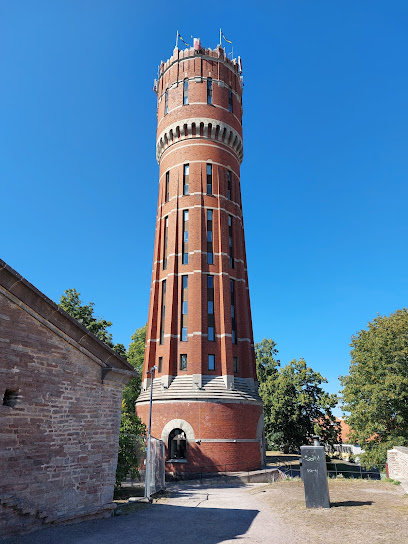
Two sisters Chapel
Explore the tranquil beauty of Two Sisters Chapel in Kalmar, Sweden, a serene spot for reflection and appreciation of local heritage.
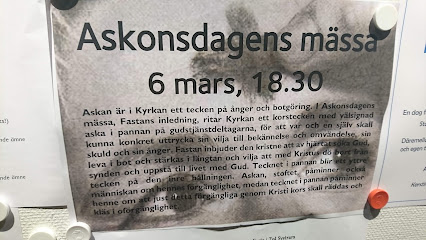
Unmissable attractions to see
Kalmar Castle
Experience the rich history and stunning architecture of Kalmar Castle, a premier tourist attraction on Sweden's east coast.
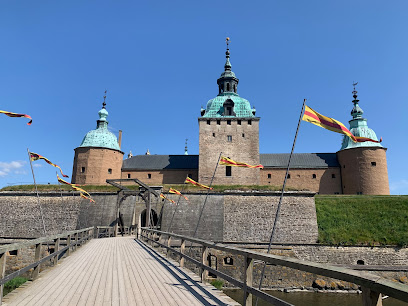
Skälby 4H-gård
Experience the enchantment of Swedish rural life at Skälby 4H-gård, where education meets fun in a beautiful farm setting.

Kalmar County Museum
Explore Kalmar County Museum, a captivating journey through history and culture in the heart of Sweden's coastal gem.
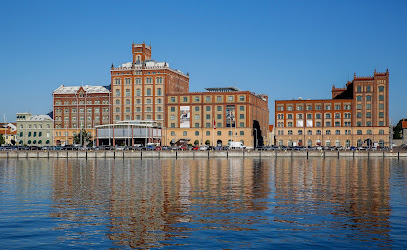
A World of Dinosaurs
Explore the magnificent world of dinosaurs at A World of Dinosaurs in Kalmar, Sweden, where education meets adventure for an unforgettable family experience.
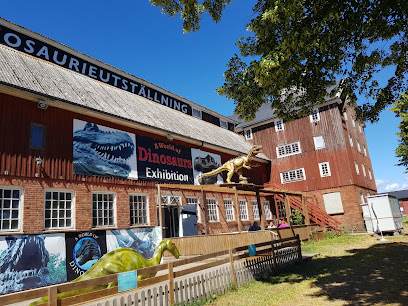
Kalmar Cathedral
Discover the enchanting beauty and rich history of Kalmar Cathedral, a true gem nestled in the heart of Sweden.
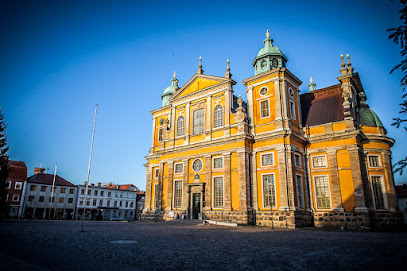
Kalmar stadspark
Explore the lush landscapes and tranquil pathways of Kalmar Stadspark, a serene escape in the heart of Kalmar, Sweden, perfect for relaxation and exploration.
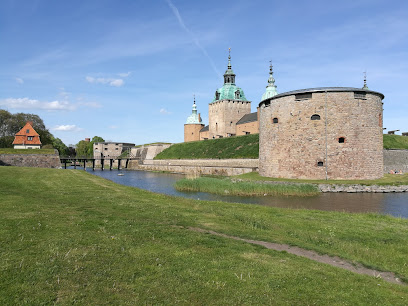
Långviken
Experience the tranquil beauty of Långviken Park, a serene escape by the Kalmarsund coast that offers stunning views and peaceful surroundings.
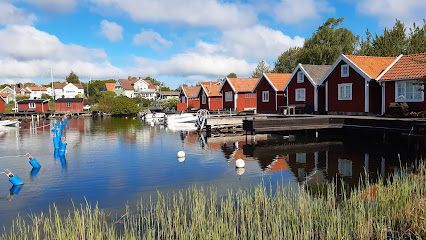
Kalmar konstmuseum
Explore the artistic treasures of Kalmar konstmuseum, a vibrant hub of contemporary and classical art in the picturesque Stadsparken.
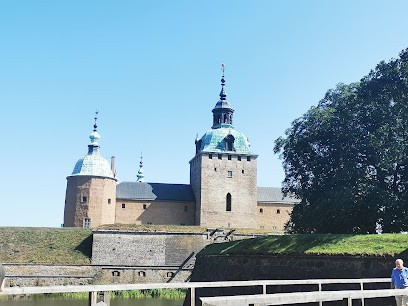
Svinö nature reserve
Discover the untouched beauty of Svinö Nature Reserve in Kalmar, a serene escape for nature lovers and adventure seekers alike.
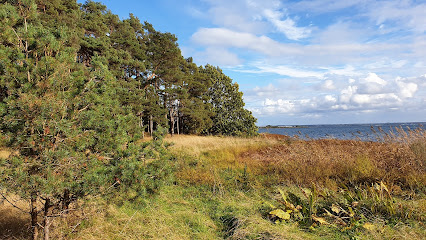
Horsö - Värsnäs nature reserve south
Explore the breathtaking landscapes and diverse ecosystems of Horsö - Värsnäs Nature Reserve, a tranquil haven for nature lovers in Kalmar, Sweden.
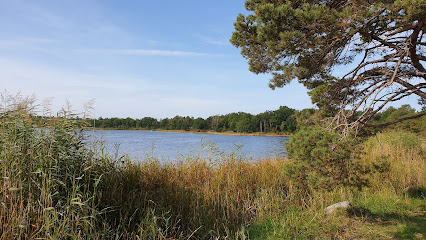
Klapphuset
Explore Klapphuset, a stunning historical landmark in Kalmar, where architecture meets rich maritime heritage in a picturesque setting.
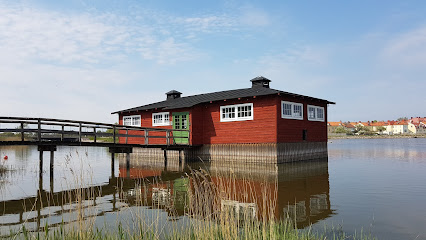
Gustav Vasa-bänken
Experience the tranquility and historical significance of Gustav Vasa-bänken, a must-visit attraction in Kalmar, Sweden, perfect for relaxation and exploration.
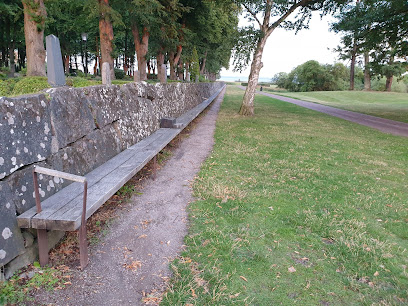
Swimming Pier Svinö
Discover the peaceful beauty of Swimming Pier Svinö, a serene destination perfect for swimming and relaxation in the stunning Kalmar archipelago.

Sylvanderparken
Discover tranquility at Sylvanderparken, Kalmar's serene park perfect for leisurely strolls and family picnics amidst lush greenery.
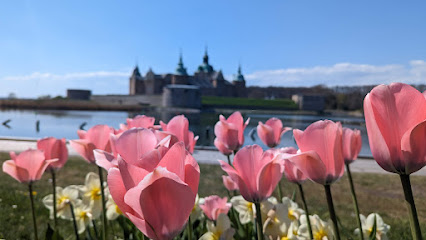
Farfar
Discover the charm of Kalmar at Farfar, a delightful tourist attraction offering exquisite local cuisine and a warm atmosphere.
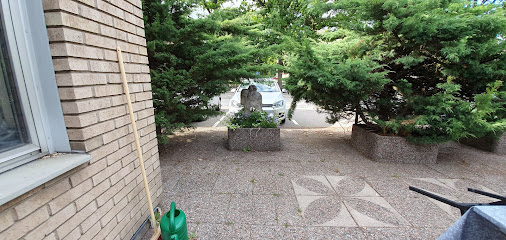
Essential places to dine
Rasta Kalmar
Discover Rasta Kalmar: Where delicious dining meets convenience in the heart of Kalmar's scenic landscape.
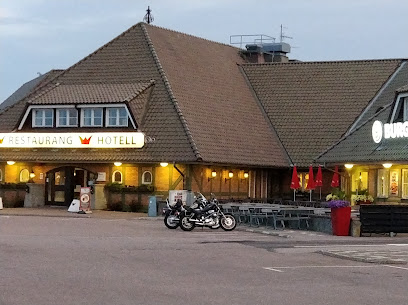
Thai Silk Palace
Experience authentic Thai flavors in Kalmar at the renowned Thai Silk Palace - where every meal is a journey through Thailand's rich culinary heritage.
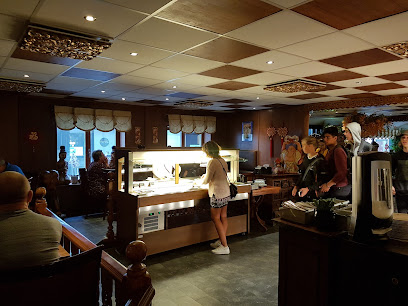
E.A.T
Experience culinary excellence at E.A.T in Kalmar - where local flavors meet modern cuisine in a cozy atmosphere.
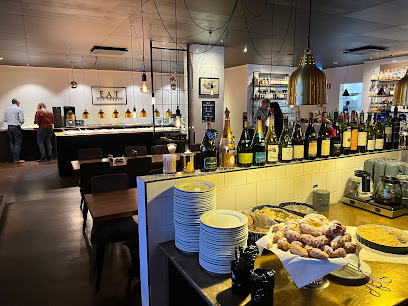
Kolgrill Kalmar
Experience authentic Turkish cuisine with a European twist at Kolgrill Kalmar – where every meal tells a story.
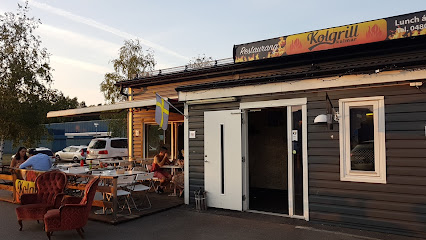
Kalmar Kött & Bar
Discover exquisite flavors at Kalmar Kött & Bar – where quality meats meet craft beers in an inviting atmosphere.
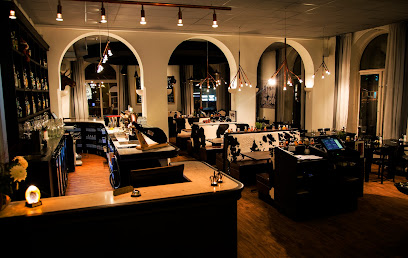
Ernesto Ristorante
Discover the rich flavors of Italy at Ernesto Ristorante in Kalmar – where every dish tells a story.
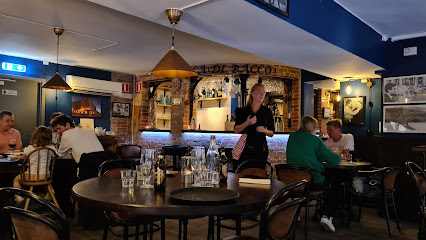
O'Learys Kalmar
Experience the best of American cuisine and vibrant sports culture at O'Learys Kalmar - your ultimate dining destination in Sweden.
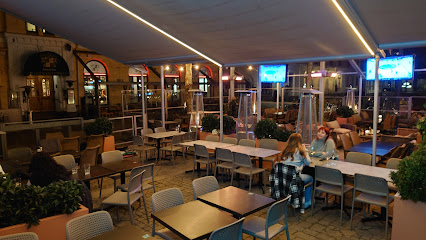
Gröna Stugan
Experience delightful Swedish cuisine at Gröna Stugan in Kalmar - perfect for lunch or takeout with warm hospitality.
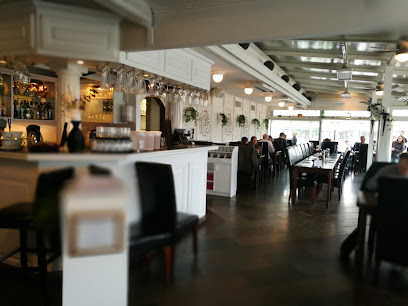
Ming Palace
Experience authentic Chinese cuisine at Ming Palace in Kalmar - where every dish tells a story.
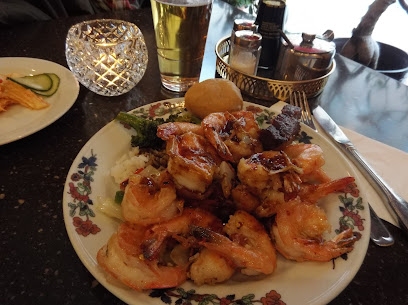
Café Lotsutkiken
Discover delightful Swedish cuisine at Café Lotsutkiken in Kalmar – your cozy dining destination with fresh local flavors.
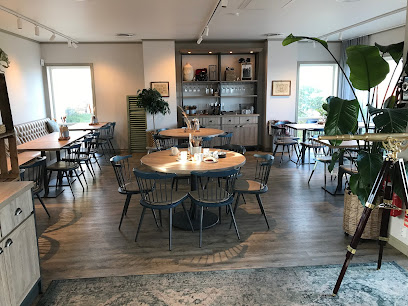
Kallskänken
Discover Kallskänken in Kalmar - where unique pizza meets fast food convenience for an unforgettable dining experience.
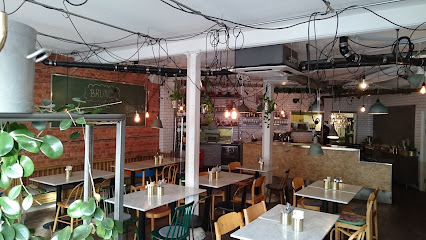
STARS AND STRIPES
Experience family-friendly dining at Stars and Stripes in Kalmar - where delicious food meets warm hospitality in a vibrant setting.
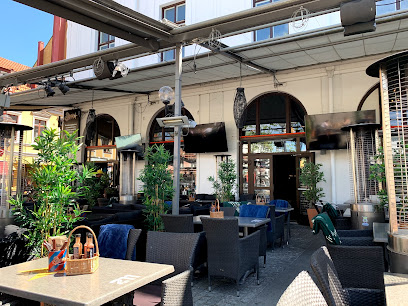
Söderport
Discover Söderport in Kalmar - where delicious pizzas meet vibrant live music in a warm, inviting atmosphere perfect for every traveler.
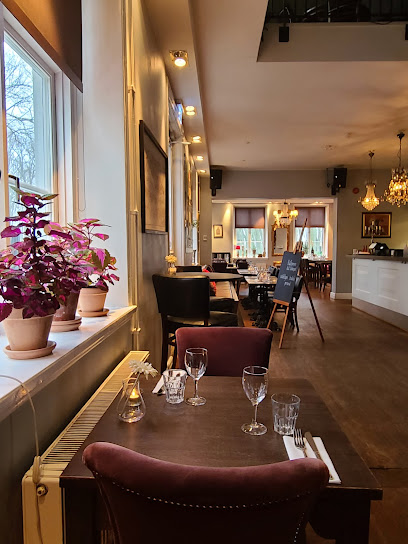
Stekhuset, Kom Snart Igen AB
Experience authentic Italian cuisine at Stekhuset in Kalmar; a delightful blend of taste and comfort awaits every visitor.
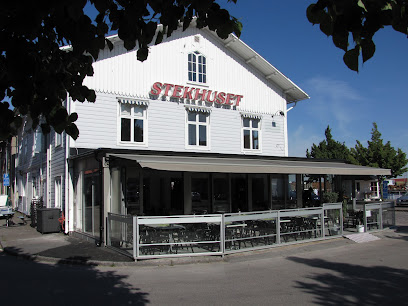
Restaurang Larmgatan 10
Discover authentic Swedish cuisine at Restaurang Larmgatan 10 in Kalmar – where local flavors meet cozy dining.
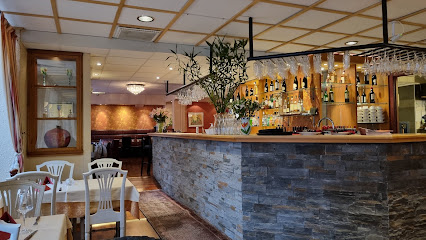
Markets, malls and hidden boutiques
Hansa City
Explore Hansa City in Kalmar, where shopping meets leisure with over 150 stores and delightful dining options in a vibrant atmosphere.
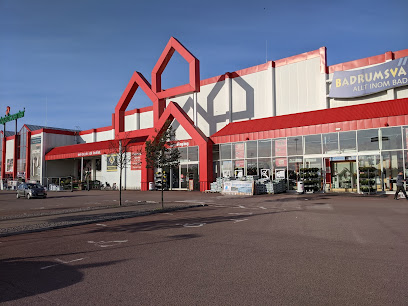
Giraffe Shopping
Explore Giraffe Shopping Mall in Kalmar, a premier shopping destination offering diverse stores, delightful dining, and a vibrant atmosphere for all visitors.
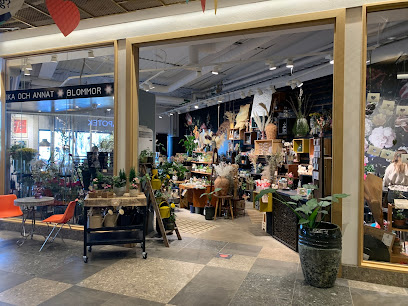
Baronen
Discover Baronen in Kalmar, Sweden - a premier shopping destination with diverse stores, dining, and entertainment options for every visitor.
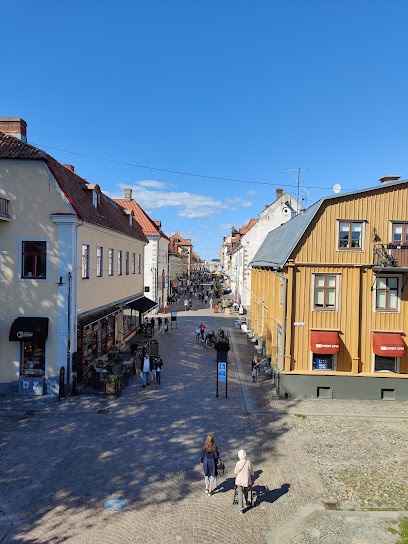
Kalmar Stadsmission Second Hand
Explore Kalmar Stadsmission Second Hand for unique, affordable fashion treasures that support local charities in the heart of Kalmar.

Dillbergs Bok & Kontor
Discover a unique blend of books, crafts, and local artistry at Dillbergs Bok & Kontor, the perfect spot for tourists in Kalmar.
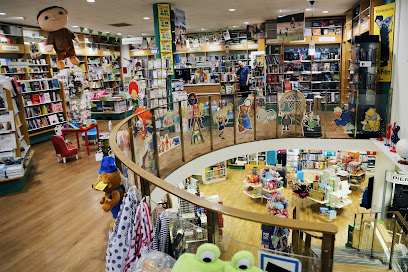
NEW YORKER
Explore the vibrant fashion scene at NEW YORKER in Kalmar, your go-to destination for trendy clothing and stylish accessories.
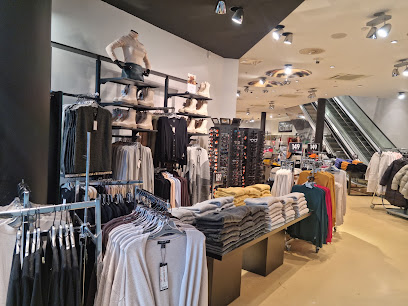
Åhléns
Explore Åhléns in Kalmar for a unique shopping experience that blends fashion, beauty, and home essentials, all under one roof.
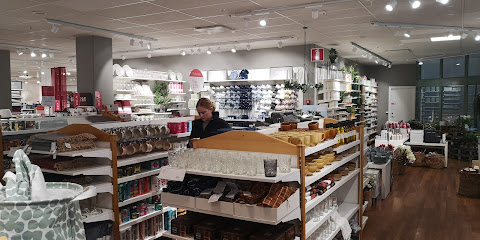
Gallerian
Explore Gallerian, Kalmar's vibrant shopping mall offering a variety of stores, dining options, and a welcoming atmosphere perfect for tourists.
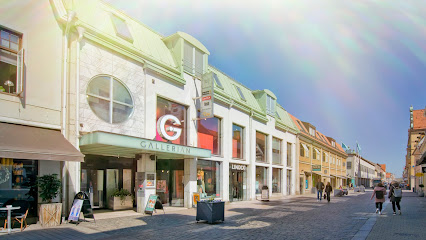
Busfrö Kalmar
Explore Busfrö Kalmar for the best in vintage fashion and sustainable shopping, where every piece has a story.
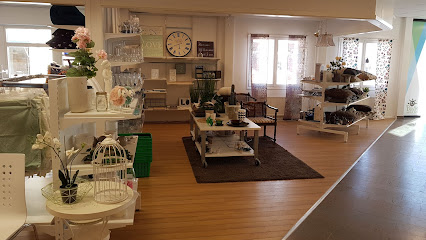
Lindra Secondhand
Explore sustainable fashion at Lindra Secondhand in Kalmar, where every piece tells a story and supports local initiatives.
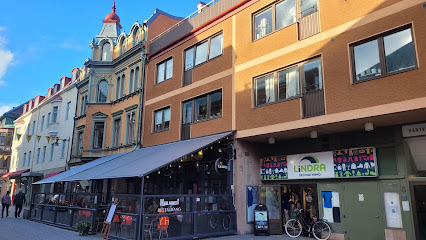
KappAhl
Discover stylish clothing at KappAhl in Kalmar - where fashion meets affordability for the entire family.
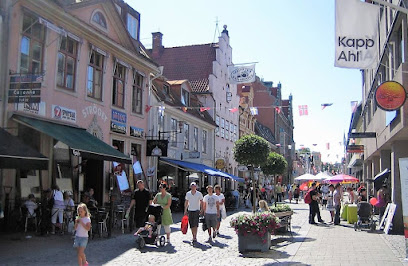
SAKLIGHETER
Explore Sakligheter in Kalmar, Sweden, for unique gifts and home improvement treasures that capture the essence of Swedish craftsmanship.
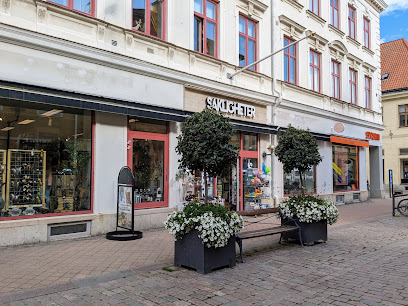
Golfbutik.se
Explore Kalmar's premier golf store, Golfbutik.se, offering a wide selection of golf equipment and accessories for every enthusiast.
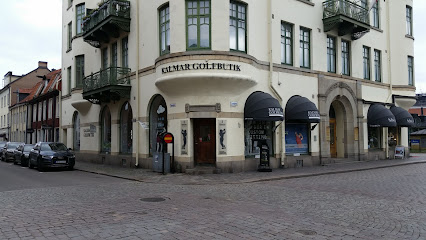
Närstads Bags
Shop premium luggage and leather goods at Närstads Bags in Kalmar for stylish and durable travel essentials.
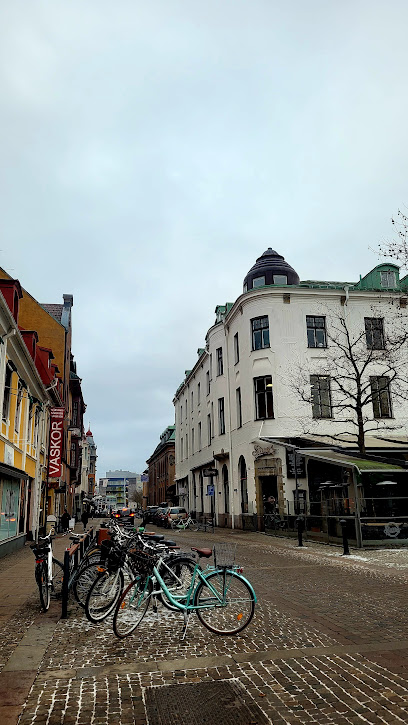
Selvage AB
Explore the best in men's fashion at Selvage AB, Kalmar's premier clothing destination blending style, quality, and sustainability.
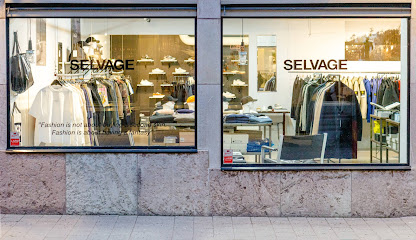
Essential bars & hidden hideouts
Rasta Kalmar
Discover Rasta Kalmar, a charming restaurant offering a delicious breakfast and dining experience, perfect for travelers exploring the scenic Kalmar region.
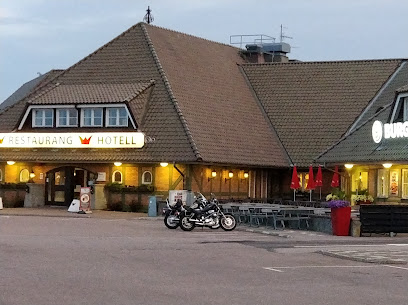
Kalmar Kött & Bar
Discover a culinary delight in Kalmar at Kalmar Kött & Bar, featuring gourmet dishes, local beers, and a vibrant beer garden atmosphere.
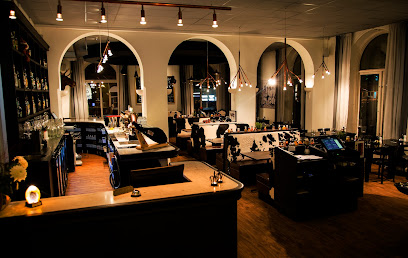
O'Learys Kalmar
Experience the best of American cuisine and sports at O'Learys Kalmar, where delicious food meets a vibrant atmosphere for unforgettable moments.
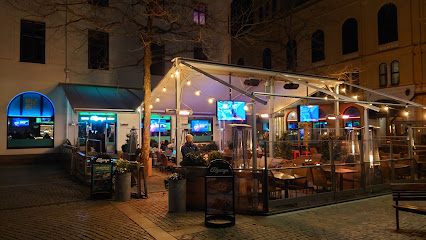
Krögers
Experience the vibrant nightlife and delightful culinary offerings at Krögers in Kalmar, a must-visit bar and restaurant for every traveler.
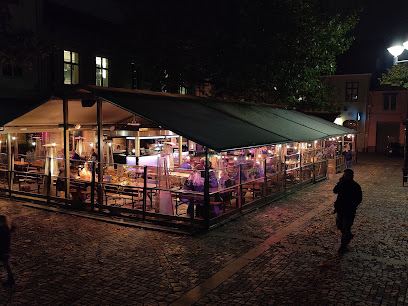
Gröna Stugan
Experience the taste of Kalmar at Gröna Stugan, a delightful restaurant offering fresh, delicious lunch and takeout options in a cozy setting.
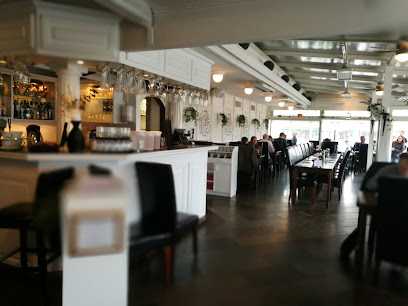
STARS AND STRIPES
Discover the vibrant atmosphere and diverse menu at Stars and Stripes, the family-friendly bar in Kalmar, Sweden, perfect for relaxation and socializing.
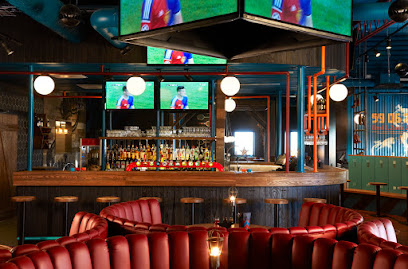
Söderport
Experience the vibrant atmosphere of Söderport, Kalmar's go-to bar and restaurant for delicious food, refreshing drinks, and live music entertainment.

Slipkajen
Experience the essence of Swedish cuisine at Slipkajen, a waterfront restaurant in Kalmar offering exceptional seafood and stunning views.
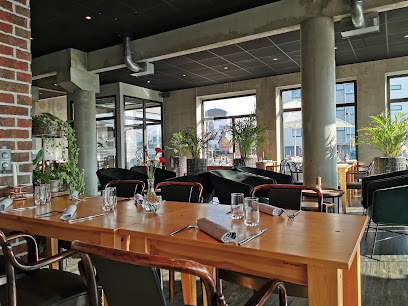
FFs Bar Och Ett Litet Kök
Experience the authentic flavors of Swedish cuisine at FFs Bar Och Ett Litet Kök, a cozy restaurant in the heart of Kalmar.
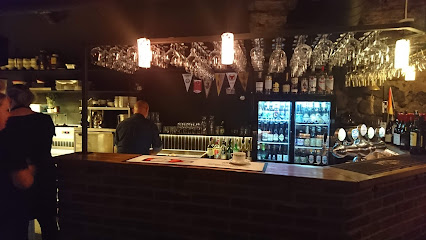
Lilla Puben
Discover the charm of Lilla Puben, Kalmar's cozy bar serving a delightful selection of local and international drinks.
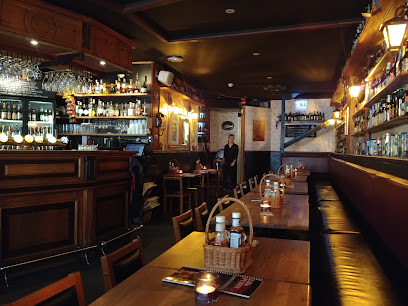
Hjalmars Bar & Restaurang
Discover the vibrant culinary scene at Hjalmars Bar & Restaurang, where delicious food meets expertly crafted cocktails in Kalmar.
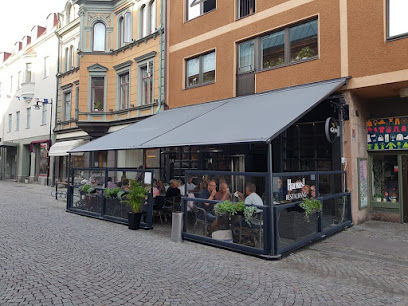
Pipes of Scotland Kalmar
Discover Pipes of Scotland Kalmar: A Scottish Bar & Restaurant with Cozy Ambiance, Diverse Menu, and Live Music Experience.
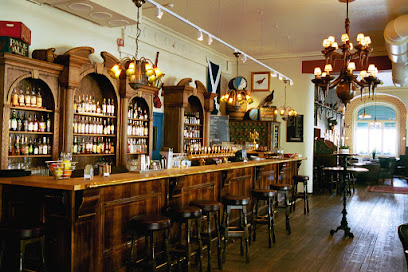
McCool's Bar
Discover the vibrant atmosphere and delightful menu at McCool's Bar, a must-visit restaurant in the heart of Kalmar, Sweden.
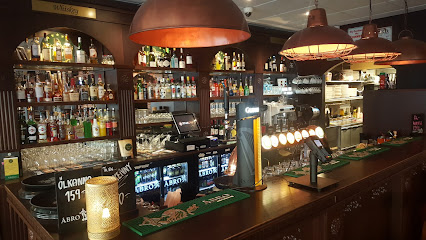
Skötselbolaget
Experience culinary delights and innovative cocktails at Skötselbolaget, a unique bar, bistro, and spa in the heart of Kalmar.
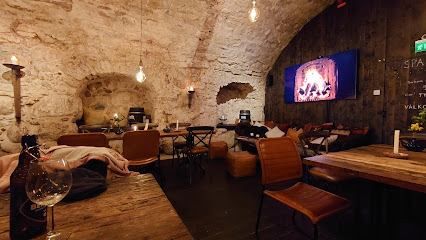
Loccos
Discover Loccos Bar in Kalmar - a vibrant spot for cocktails and local brews, perfect for unwinding after exploring the city's rich culture.
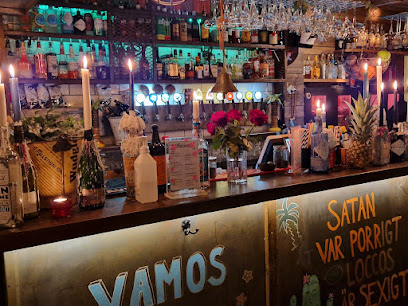
Local Phrases
-
- HelloHej
[Hey] - GoodbyeHej då
[Hey doe] - YesJa
[Ya] - NoNej
[Nay] - Please/You're welcomeSnälla
[Snella] - Thank youTack
[Tahk] - Excuse me/SorryUrsäkta
[Ur-sak-ta] - How are you?Hur mår du?
[Hoor mor doo] - Fine. And you?Bra. Och du?
[Bra. Ock doo] - Do you speak English?Talar du engelska?
[Tah-lar doo eng-el-ska] - I don't understandJag förstår inte
[Yag for-stor in-ta]
- HelloHej
-
- I'd like to see the menu, pleaseJag skulle vilja se menyn, tack
[Yag shool-eh vil-ya say men-in, tahk] - I don't eat meatJag äter inte kött
[Yag ay-ter in-ta chut] - Cheers!Skål!
[Skawl] - I would like to pay, pleaseJag skulle vilja betala, tack
[Yag shool-eh vil-ya bet-ah-la, tahk]
- I'd like to see the menu, pleaseJag skulle vilja se menyn, tack
-
- Help!Hjälp!
[Yelp] - Go away!Gå bort!
[Go bor-t] - Call the Police!Ring polisen!
[Ring pol-ee-sen] - Call a doctor!Ring en läkare!
[Ring en le-kar-a] - I'm lostJag är vilse
[Yag air veels-a] - I'm illJag är sjuk
[Yag air shoo-k]
- Help!Hjälp!
-
- I'd like to buy...Jag skulle vilja köpa...
[Yag shool-eh vil-ya shoop-a] - I'm just lookingJag tittar bara
[Yag tea-tar bar-a] - How much is it?Hur mycket kostar det?
[Hoor mer-ket cost-ar dat] - That's too expensiveDet är för dyrt
[Det air for deert] - Can you lower the price?Kan du sänka priset?
[Kan doo sank-a pre-set]
- I'd like to buy...Jag skulle vilja köpa...
-
- What time is it?Vad är klockan?
[Vad air klok-an] - It's one o'clockKlockan är ett
[Klok-an air et] - Half past (10)Halv tio
[Halv tee-oh] - MorningMorgon
[Mor-gon] - AfternoonEftermiddag
[Efter-mee-dag] - EveningKväll
[Kvell] - YesterdayIgår
[Ee-gor] - TodayIdag
[Ee-dag] - TomorrowImorgon
[Ee-mor-gon] - 1Ett
[Et] - 2Två
[Tvo] - 3Tre
[Tray] - 4Fyra
[Feer-a] - 5Fem
[Fem] - 6Sex
[Seex] - 7Sju
[Shoo] - 8Åtta
[Ot-ta] - 9Nio
[Nee-o] - 10Tio
[Tee-oh]
- What time is it?Vad är klockan?
-
- Where's a/the...?Var är en/ett...?
[Var air en/et] - What's the address?Vad är adressen?
[Vad air ad-res-sen] - Can you show me (on the map)?Kan du visa mig (på kartan)?
[Kan doo vee-sa may (pow car-tan)] - When's the next (bus)?När går nästa (buss)?
[Nair gor nest-a (boos)] - A ticket (to ....)En biljett (till ....)
[En bil-yet (teel)]
- Where's a/the...?Var är en/ett...?
History of Kalmar
-
Kalmar, a city with origins dating back to medieval times, played a pivotal role in Scandinavian history. One of the most significant events in Kalmar's history is the formation of the Kalmar Union in 1397. This union, orchestrated by Queen Margaret I of Denmark, united the three kingdoms of Denmark, Norway, and Sweden under a single monarch. The signing took place at Kalmar Castle, a strategically important fortress that still stands today. The union lasted until 1523 and had profound implications for the political landscape of Scandinavia.
-
Kalmar Castle, with its origins in the 12th century, is one of Sweden's best-preserved Renaissance castles. It has witnessed numerous historical events, from medieval battles to royal intrigues. The castle's current form was largely shaped during the reign of King Gustav Vasa in the 16th century. It served as a defensive stronghold against Danish invasions and was a key military site during the Northern Seven Years' War (1563–1570). Today, the castle is a major tourist attraction, offering a glimpse into Sweden's royal past and architectural heritage.
-
The Kalmar War (1611–1613) between Sweden and Denmark-Norway was a crucial conflict that significantly impacted the region. The war was primarily fought over control of territories and dominance in the Baltic Sea. Kalmar was a focal point during the war, with its castle enduring sieges and battles. The conflict ended with the Treaty of Knäred in 1613, which resulted in territorial adjustments but maintained a fragile peace between the kingdoms. The war is a testament to Kalmar's strategic importance in Scandinavian geopolitics.
-
Kalmar underwent significant changes during the Industrial Revolution in the 19th century. The city transitioned from a medieval stronghold to a modern industrial hub. Shipbuilding, manufacturing, and trade flourished, transforming Kalmar into an economic center. The establishment of the Kalmar Verkstad, a major engineering and locomotive works, in 1901 marked a significant milestone in the city's industrial development. This period of modernization laid the foundation for Kalmar's contemporary economy and infrastructure.
-
Kalmar is not only rich in history but also vibrant in culture. The city hosts numerous festivals and events that celebrate its heritage and contemporary arts. The Kalmar Grand Prix, a historic car race, and the Kalmar Stadsfest, a city festival featuring music, food, and entertainment, are highlights of the city's cultural calendar. The Kalmar Art Museum and the Kalmar County Museum offer extensive collections and exhibitions that showcase the region's artistic and historical treasures. These cultural activities reflect the city's dynamic blend of tradition and modernity.
-
Kalmar's Old Town, known as Gamla Stan, is a well-preserved area that offers a journey back in time. With its cobblestone streets, medieval buildings, and charming squares, it provides a picturesque setting for exploring the city's past. Notable landmarks include the Kalmar Cathedral, a baroque masterpiece completed in 1703, and the Merchant's House, one of the oldest wooden buildings in Sweden. Walking through the Old Town, visitors can experience the architectural and historical layers that define Kalmar's unique character.
Kalmar Essentials
-
Kalmar is accessible by various means of transport. The nearest international airport is Kalmar Öland Airport (KLR), located just 5 km from the city center. There are regular flights from Stockholm and other major Swedish cities. For international travelers, connecting flights through Stockholm Arlanda Airport (ARN) are common. Additionally, Kalmar is well-connected by train with direct services from cities like Stockholm, Gothenburg, and Malmö. If you prefer driving, the E22 highway runs directly to Kalmar.
-
Kalmar has an efficient public transportation system including buses that cover the city and its surrounding areas. Tickets can be purchased via mobile apps, at kiosks, or directly on the bus. Taxis are readily available, but it's advisable to use reputable companies. For a more leisurely way to explore, consider renting a bike; Kalmar is a cyclist-friendly city with many dedicated paths. Car rental services are also available for those who wish to explore the broader region.
-
The official currency in Kalmar, as in the rest of Sweden, is the Swedish Krona (SEK). Credit and debit cards are widely accepted, and contactless payments are common. ATMs are plentiful throughout the city. It is advisable to carry a small amount of cash for use in smaller establishments or markets, but most transactions can be handled electronically.
-
Kalmar is generally a safe city for tourists. However, like any other place, it is important to stay vigilant. Avoid walking alone late at night in poorly lit areas, and always keep an eye on your personal belongings, especially in crowded places. While there are no specific high-crime areas targeting tourists, the usual travel precautions apply.
-
In case of emergency, dial 112 for immediate assistance; this number connects you to police, fire, and medical services. Kalmar has a well-equipped hospital, Kalmar County Hospital, which provides comprehensive medical care. Pharmacies are widespread and can provide over-the-counter medication. It is advisable to have travel insurance that covers medical emergencies.
-
Fashion: Do dress in layers, as weather can change quickly. Casual attire is generally acceptable, but dress smartly if you plan to visit upscale restaurants. Religion: Do respect religious customs and traditions when visiting churches; remove hats and speak softly. Public Transport: Do stand on the right side of escalators to let people pass on the left. Don’t play loud music or talk loudly on public transport. Greetings: Do greet people with a firm handshake and maintain eye contact. Eating & Drinking: Do try traditional Swedish dishes like 'smörgåsbord' and 'kräftskiva'. Don’t leave a large tip; a small rounding up of the bill is usually sufficient.
-
To experience Kalmar like a local, visit the Stortorget on market days to buy fresh produce and local crafts. Spend time at Kalmar Castle, not just for its historical significance but also for its beautiful grounds. Engage with locals in cafes and parks; Swedes are generally friendly and willing to share their knowledge about the city. Don’t miss the chance to explore the nearby island of Öland, connected by a bridge, which offers stunning natural landscapes and charming villages.
Nearby Cities to Kalmar
-
Things To Do in Visby
-
Things To Do in Jönköping
-
Things To Do in Linköping
-
Things To Do in Norrköping
-
Things To Do in Helsingør
-
Things To Do in Copenhagen
-
Things To Do in Hillerød
-
Things To Do in Sopot
-
Things To Do in Roskilde
-
Things To Do in Liepaja
-
Things To Do in Gothenburg
-
Things To Do in Køge
-
Things To Do in Gdansk
-
Things To Do in Örebro
-
Things To Do in Stockholm











